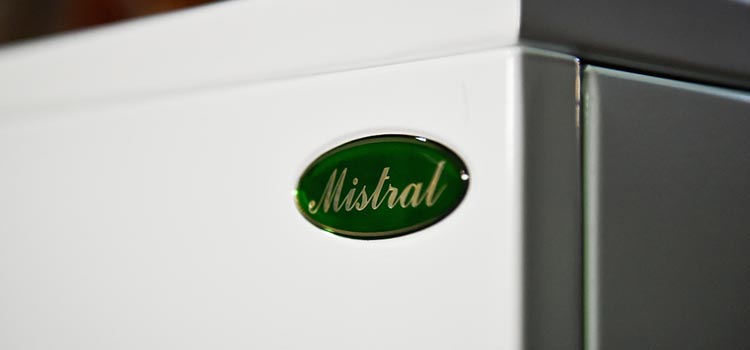Replacing your boiler
If your boiler is more than 15 years old, then its efficiency is probably compromised. It may not even have a central waterway, it may have poor insulation and its large baffles (which slow hot gases down to allow a greater transfer of heat to water) may be distorted.
The distortion allows the gases to run up the side of the heat exchanger as opposed to following the path of the baffle and the result is a boiler, running at between 60% to 70% efficiency. What may have started life as an efficient boiler is now costing you money.
Modern boilers are well insulated, compact, made with central waterways of some description and have a good baffle design. This design makes baffles smaller individually and much less prone to distortion. Efficiency can be as high as 92%.

New non-condensing boilers
A non-condensing boiler has a single heat exchanger chamber, where the hot gases from the burner, pass through to heat the water within the walls of that exchanger, before reaching the exit flue.
Our new non-condensing boilers, which are minimum European 3 star rated, are 89% efficient* as opposed to condensing boilers achieving from 90% which can then be classed as A rated products.
This range is as close as you can get to a condensing boiler and has a new ERP rating at Seasonal Efficiency of up to 87%.
The construction consists of a basic combustion chamber at the bottom half, followed by a network of baffles which guide the hot gases around the walls of the top half of the exchanger, until they reach the exit flue.
In order to achieve a good efficiency, a central waterway and good baffle design are used to slow the hot gases down and increase the pressure, so that a greater transfer of heat to water can be achieved over a greater distance.
The greater the surface area of hot gases / water ratio, coupled with a good baffle system, is what creates the best efficiencies possible. The best boilers are balanced to give throughput of air at the same time as extracting the maximum heat available, before it escapes into the flue system.
Our extremely efficient Y section heat exchanger gives the best of the available efficiency by starting to extract heat from the bottom combustion chamber before it even reaches the baffles. This innovative design reduces the necessity of baffles having to be so tight in the heat exchanger and this allows us to balance good efficiency, overall better running performance, smoother start up, cleaner combustion and higher output.
*Sedbuk 2005 calculations

New condensing
These boilers operate in exactly the same manner, however, before the hot gases reach the flue, they go through a secondary stainless steel heat exchanger. This lengthens the heat transfer time, increases the surface area for good heat transfer of gases/water and as a result of this, can give an increase in efficiency, up to perhaps an average of 92%.
A stainless steel heat exchanger is used as the condensate produced during the condensing mode is corrosive and has to be taken directly to drain or a soak away.The new ERP rating of our Condensing boilers are Seasonal Efficiency of up to 93%.
Really, the operation of both types of boiler are identical, except on the Condensing, you are using an extra heat exchanger, in our case, on top of the primary exchanger.
Condensing or non-condensing?
Mistral manufactures both condensing and non-condensing boilers. Further information may be found in our FAQs
When condensing boilers were introduced to the market, they were regarded as a major step forward for the heating and hot water industry – bringing better design and efficiency for customers, while reducing our carbon emissions.
New testing procedures and regulations since that time have pushed manufacturers to try and achieve ever better efficiencies for both condensing and non-condensing models to the point whereby their current design and size, is likely to be as good as it gets.
In terms of efficiency, there are a number of different calculations which can be derived from using the same boiler, either Condensing or Non Condensing, which give different results, depending on the specific test undertaken.
Please note these are our tested results. An “A” rated boiler starts at 90% efficient Sedbuk 2005.
As follows;
| _ | Condensing 15 – 41kw | Non-Condensing 15 – 41kw |
|---|---|---|
| Sedbuk 2005 | 92.6% | 89.4% |
| Sedbuk 2009 | 91.5% | 88.3% |
| ERP Seasonal Eff. | 92.0% | 87.0% |
The new European Regulations, ERP, which came into effect in September 2015, do not distinguish between a Condensing and Non Condensing boiler, merely a minimum standard to be achieved of 86% for any boiler sold in Europe.
Exemptions – when is it legal to fit a non-condensing boiler?
At the present time, the UK Government requires all boilers to be of a condensing type, unless an exemption is granted.
If you’d like to know more about these exemptions, click here

